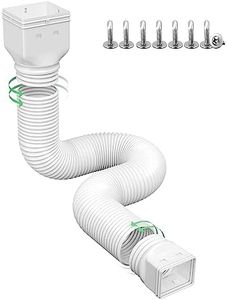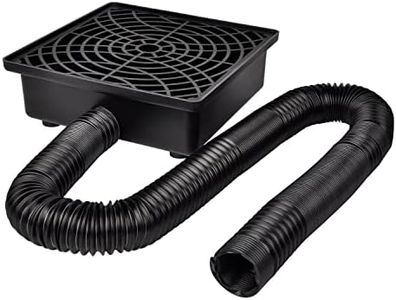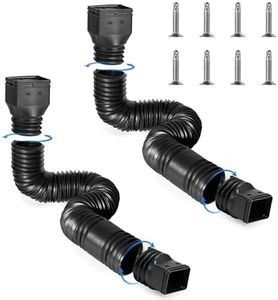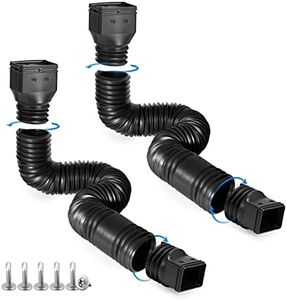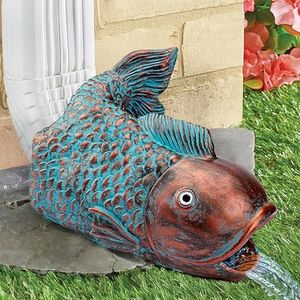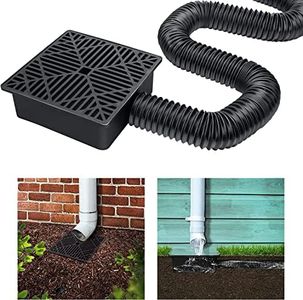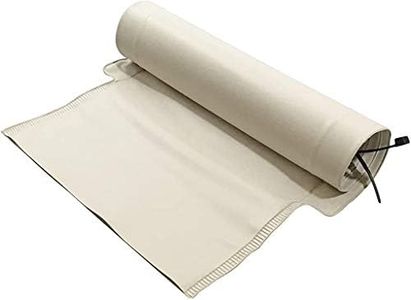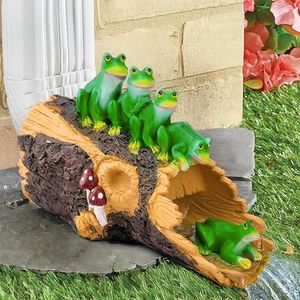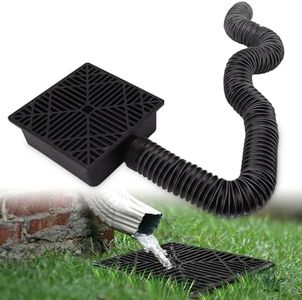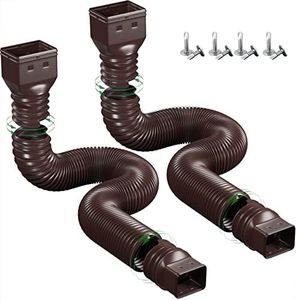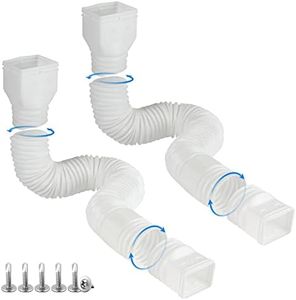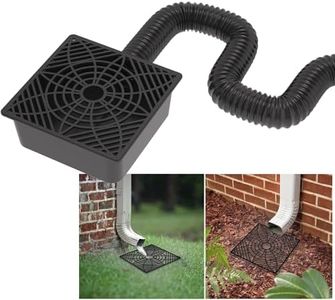We Use CookiesWe use cookies to enhance the security, performance,
functionality and for analytical and promotional activities. By continuing to browse this site you
are agreeing to our privacy policy
10 Best Gutter Downspout Extensions
From leading brands and best sellers available on the web.Buying Guide for the Best Gutter Downspout Extensions
Choosing the right gutter downspout extension is essential for effectively directing rainwater away from your home’s foundation, helping to prevent water damage, erosion, and basement flooding. The right choice depends on your home setup, how much water you typically deal with, the local climate, and where you want the water to end up. Taking a little time to understand the main features will ensure you get an extension that works for your needs and lasts for years.MaterialMaterial refers to what the extension is made out of, most commonly plastic, vinyl, or metal. This is important because it determines durability, longevity, and suitability for different weather conditions. Plastic and vinyl extensions are lightweight, easy to install, and resistant to rust, making them good for moderate climates and basic use. Metal extensions, often made of aluminum or steel, are longer-lasting and more robust, especially in areas with heavy rainfall or where yard equipment might strike them. Think about your climate, how much you want to maintain them, and if the extension is likely to be out in the open or exposed to impacts.
LengthLength refers to how far the extension can carry water away from your home. This feature is critical because the further the water is directed, the less likely it is to seep into your foundation or create pooling. Extensions generally come in various sized sections or are flexible and can be adjusted. Short extensions around 2 to 4 feet might be fine if you have good natural drainage, while longer ones (6 feet or more) are well suited for areas where water pooling is a concern. Evaluate your yard’s slope and drainage challenges to decide how much distance you need to cover.
Flexibility and AdjustabilityFlexibility means how well the extension can bend or be positioned. This matters if your drain area isn’t a straight line, or if you need to navigate around landscaping or obstacles. Rigid straight extensions are simple but only work well in straightforward situations. Flexible or expandable versions can be bent or extended to suit unique layouts and are great for fitting around corners or into tight spaces. Consider the layout of your property and whether you need something that can be shaped to fit.
Connection TypeConnection type describes how the extension attaches to your existing downspout—some slip on or snap in, others may require clamps, screws, or adapters. The importance here is mostly about compatibility and ease of installation. Universal fit designs are convenient for standard downspouts, while custom or oversized gutters may need a specific connector. Check the shape (round or rectangular) and size of your downspout before shopping to make sure the extension will easily attach and stay securely in place.
Discharge End DesignDischarge end design refers to how the water is released at the end of the extension—options include open ends, splash blocks, or diffuser styles. This affects how well the water is spread out to prevent erosion or concentrated flow. Open ends let water flow freely but can cause pooling if directed to a flat area. Splash blocks or diffusers help to spread the water and slow it down, which is helpful if you have mulch, soil, or landscaping that can be disturbed. Choose a design based on your terrain and whether you want to prevent digging or erosion at the end point.
